Communication Strategies in Health and Social Care: A Training Report
VerifiedAdded on 2021/06/15
|13
|675
|27
Report
AI Summary
This report provides a comprehensive overview of communication within health and social care organizations. It begins by emphasizing the importance of effective communication, including both verbal and non-verbal components, and the need for cultural safety training. The report delves into various communication theories, such as humanistic, behaviorist, cognitive, and psychoanalytical theories, highlighting their relevance in healthcare settings. It then discusses effective communication strategies, including appropriate language use for service users and professionals, and the utilization of interpreters and visual aids. The report also identifies common barriers to communication, such as language and cultural differences, family interference, medical jargon, and workload issues. Furthermore, it outlines strategies for dealing with interpersonal and inappropriate communication, including maintaining patient dignity, active listening, and ensuring confidentiality. Finally, the report presents strategies for supporting individuals with specific communication needs, such as those with visual, hearing, and intellectual disabilities, offering practical solutions like providing glasses, hearing aids, and visual aids.
1 out of 13
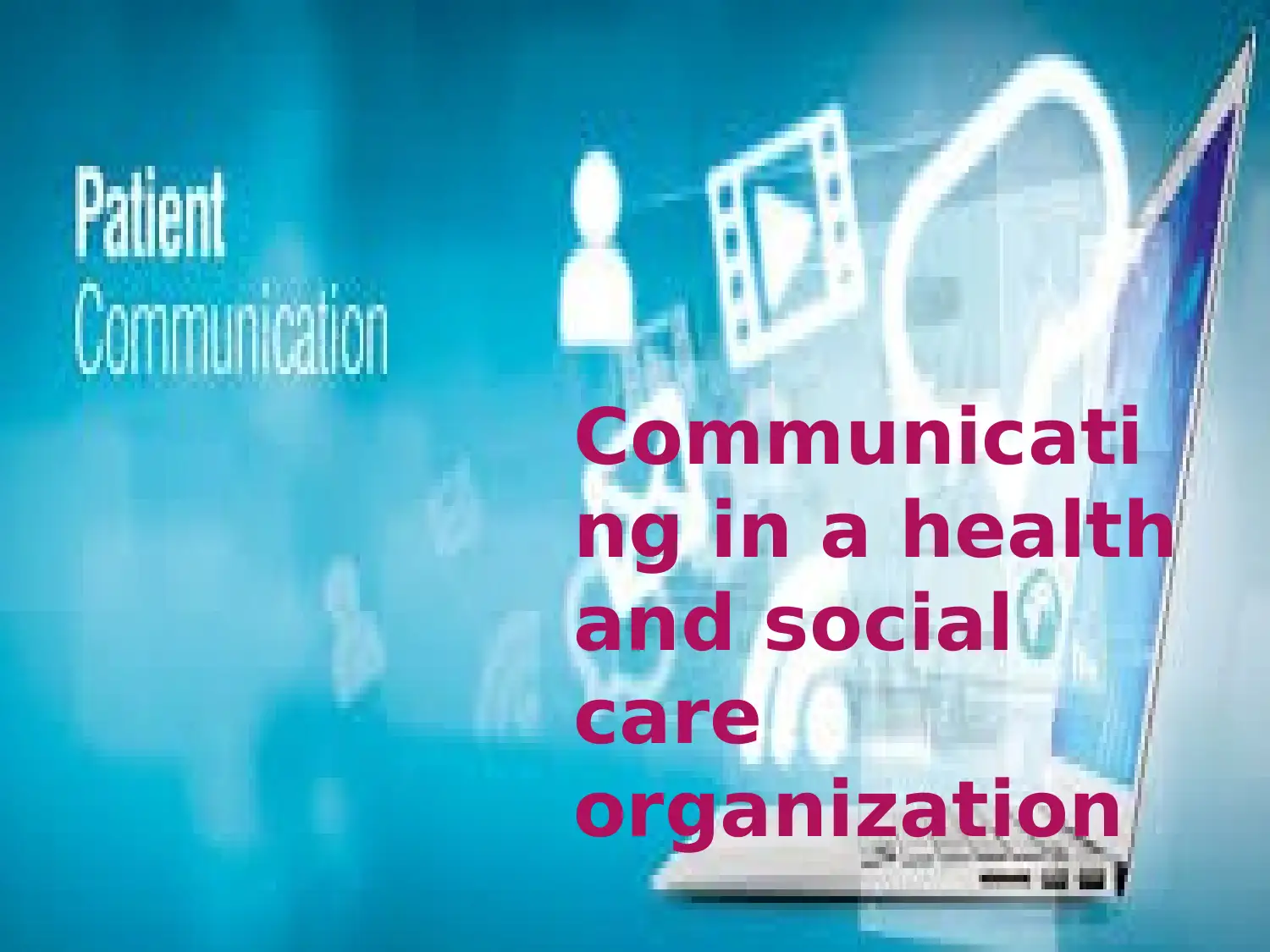
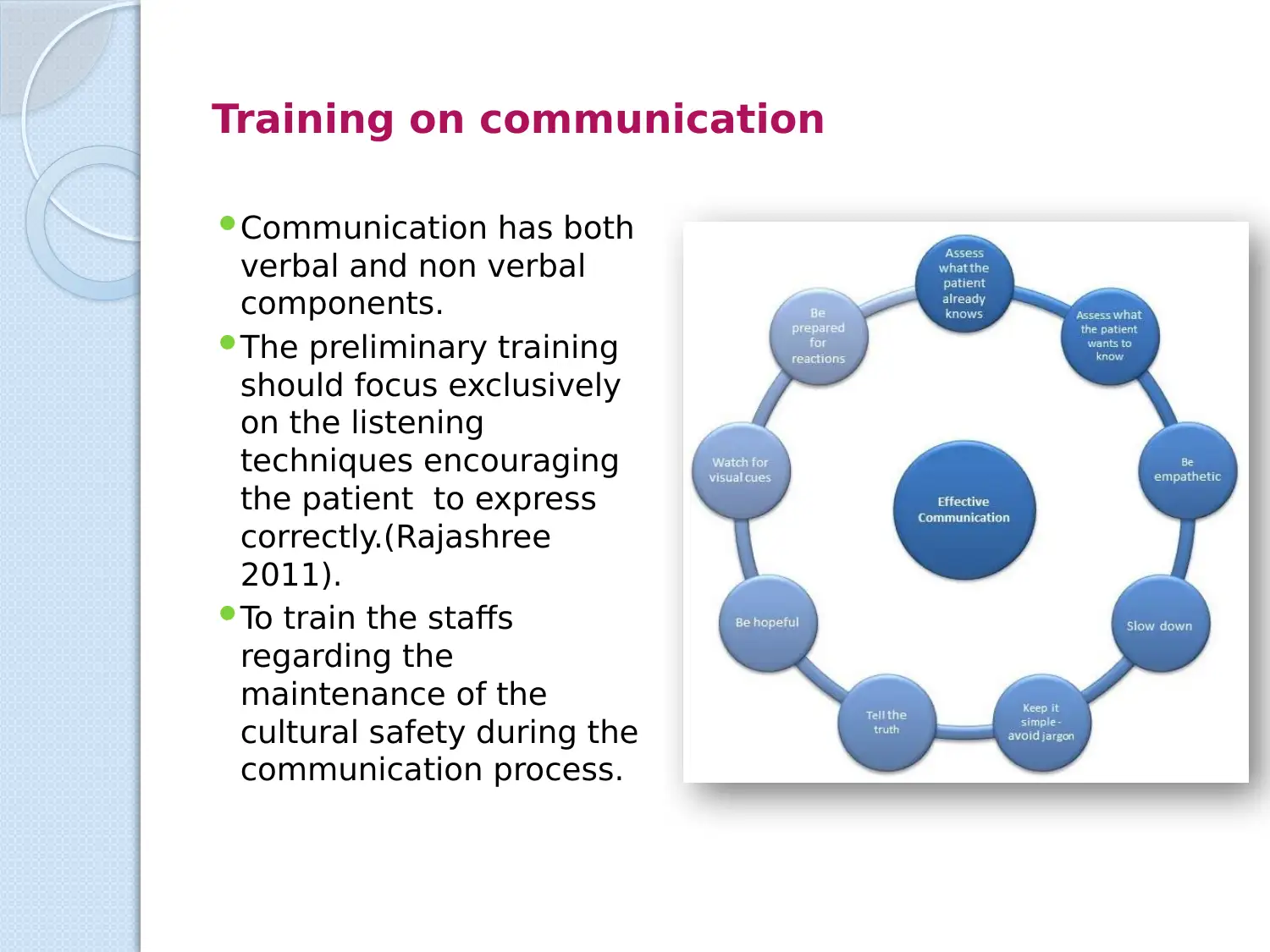



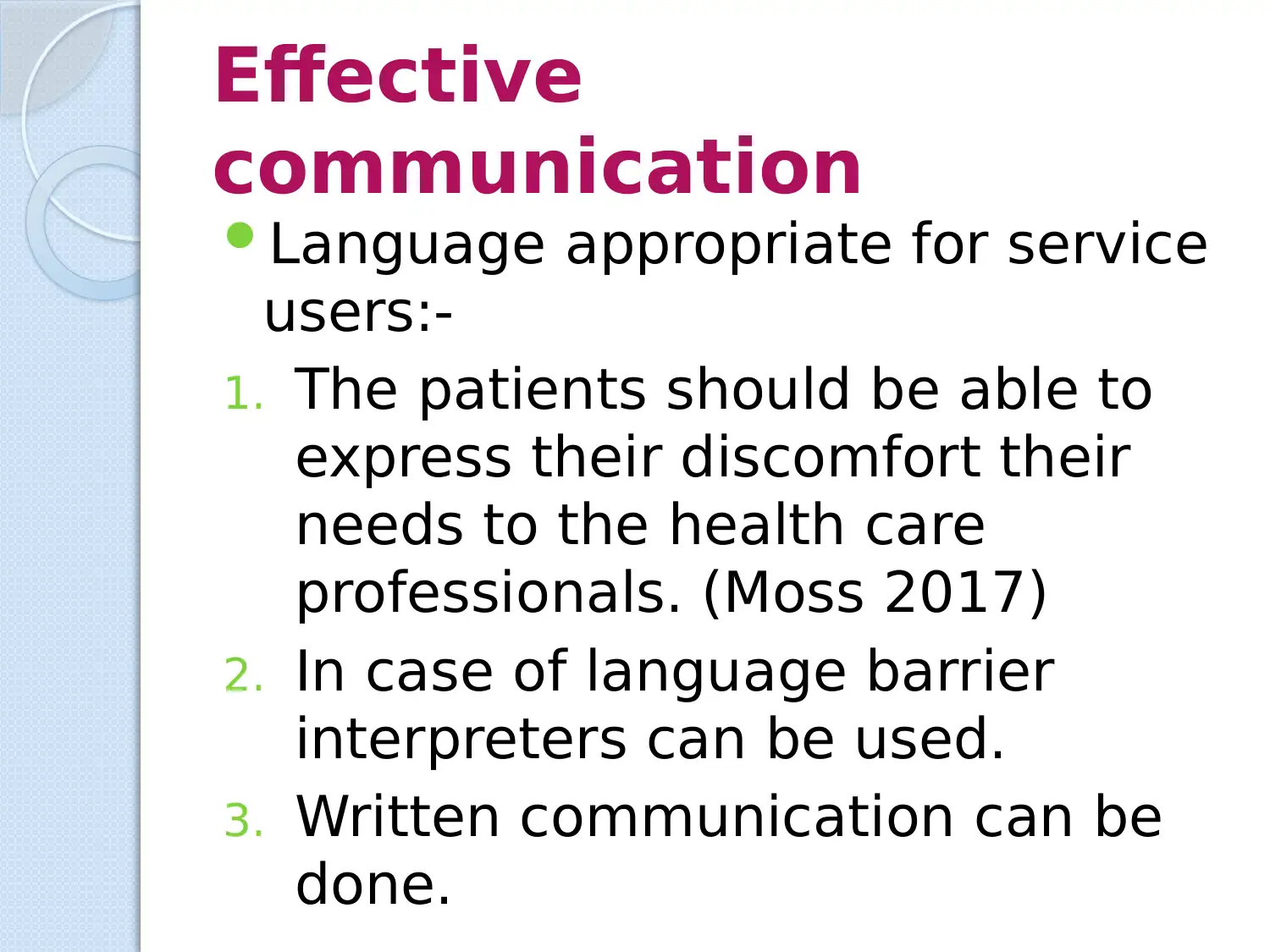
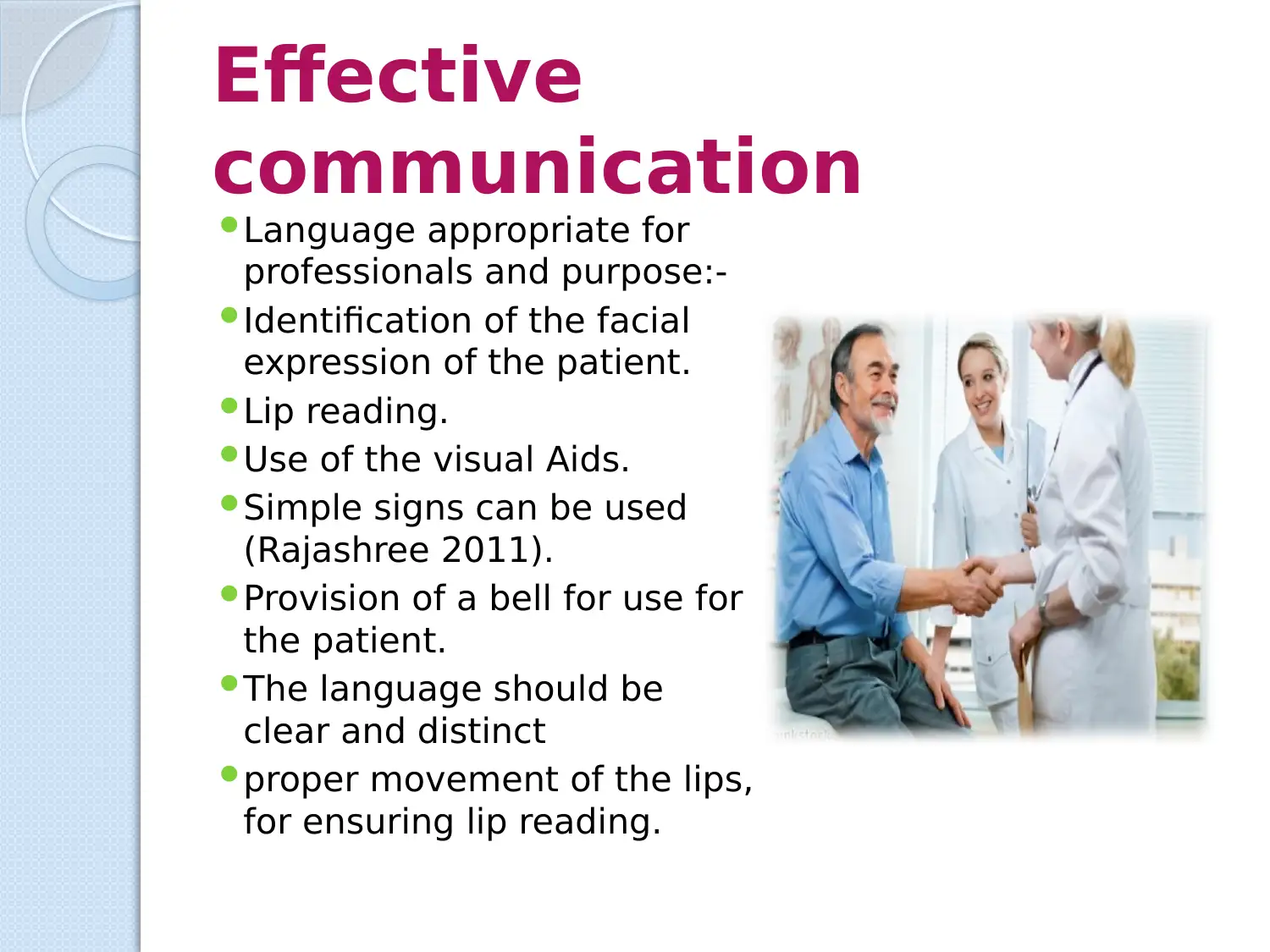
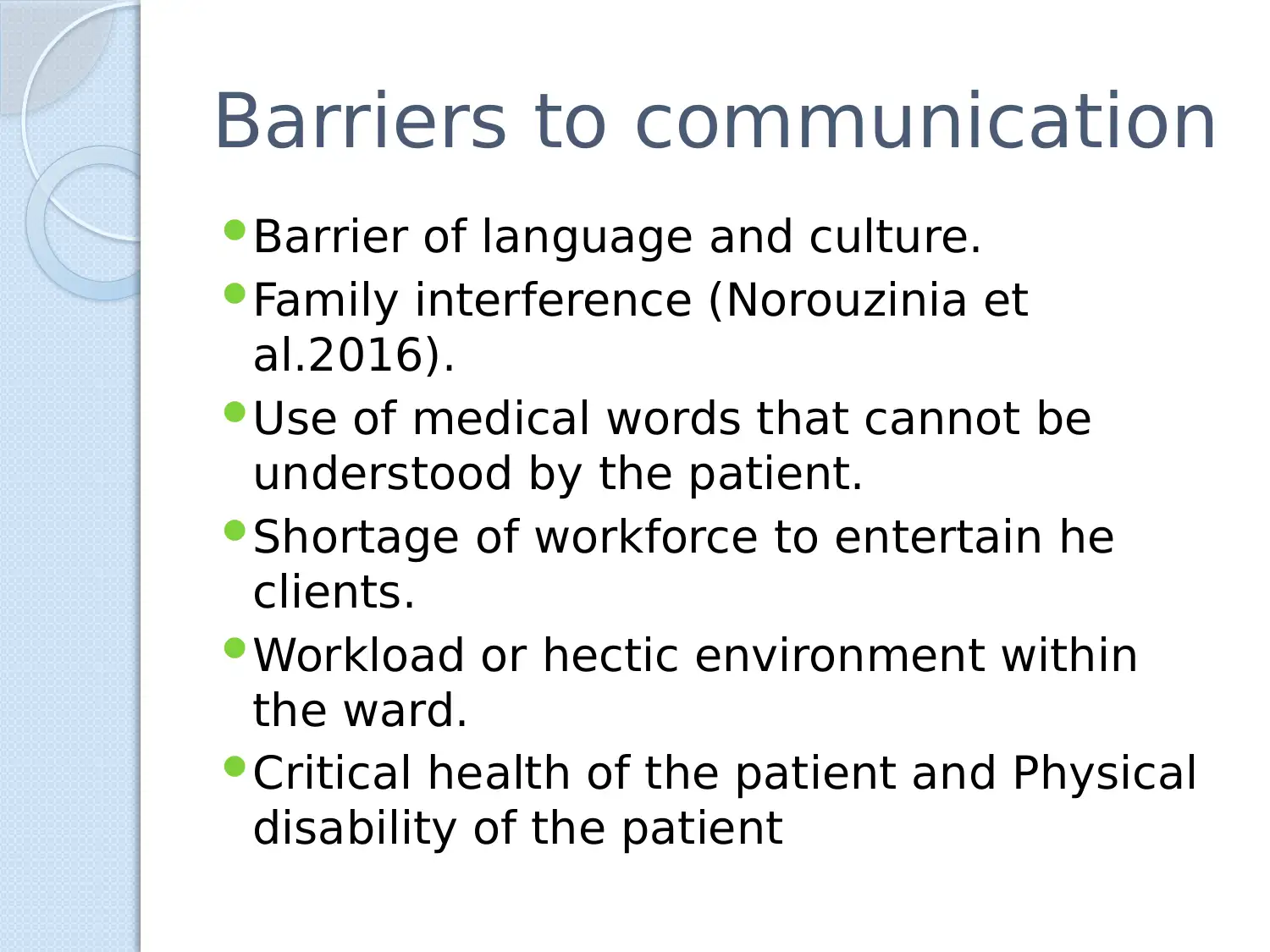
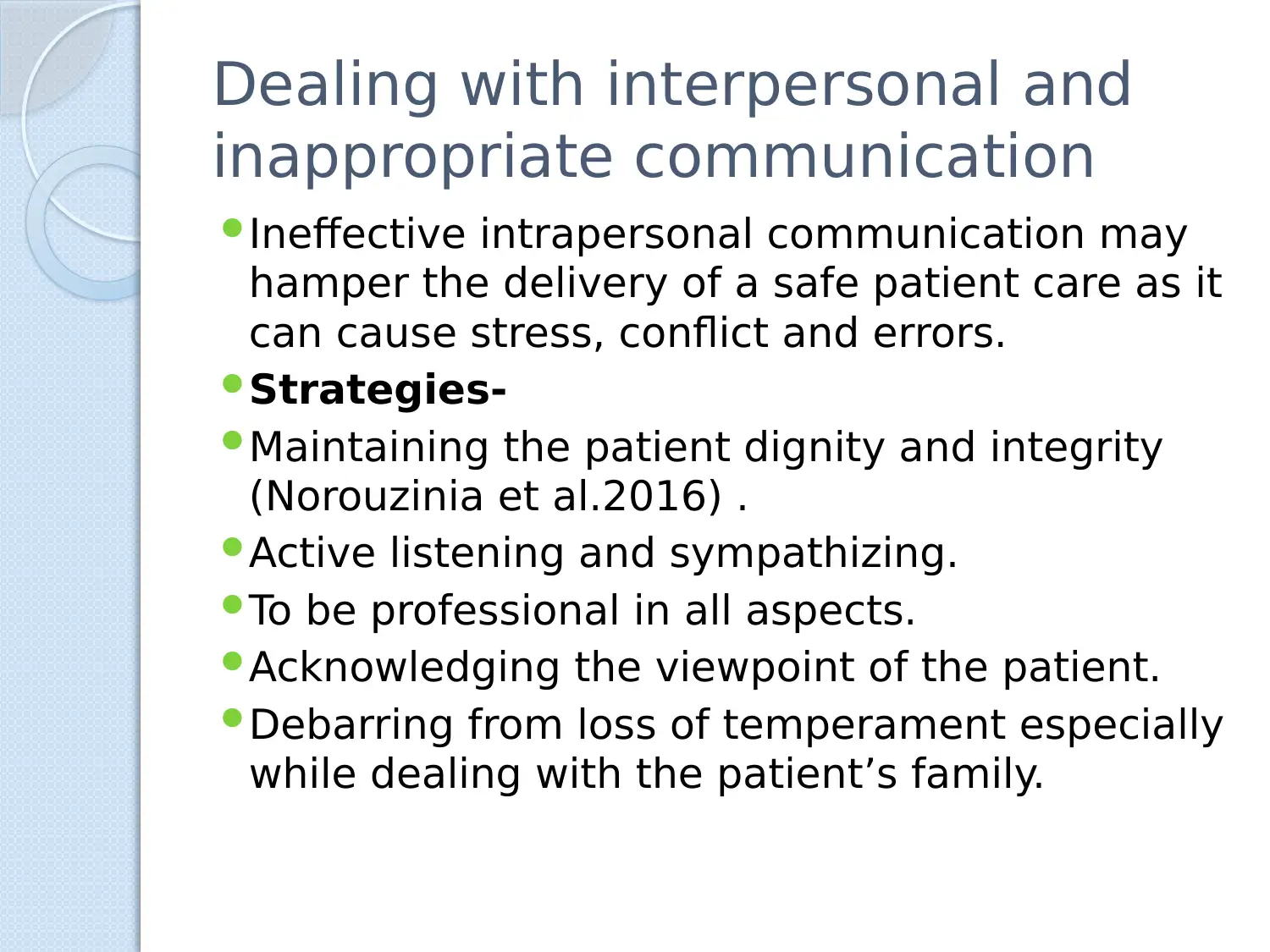
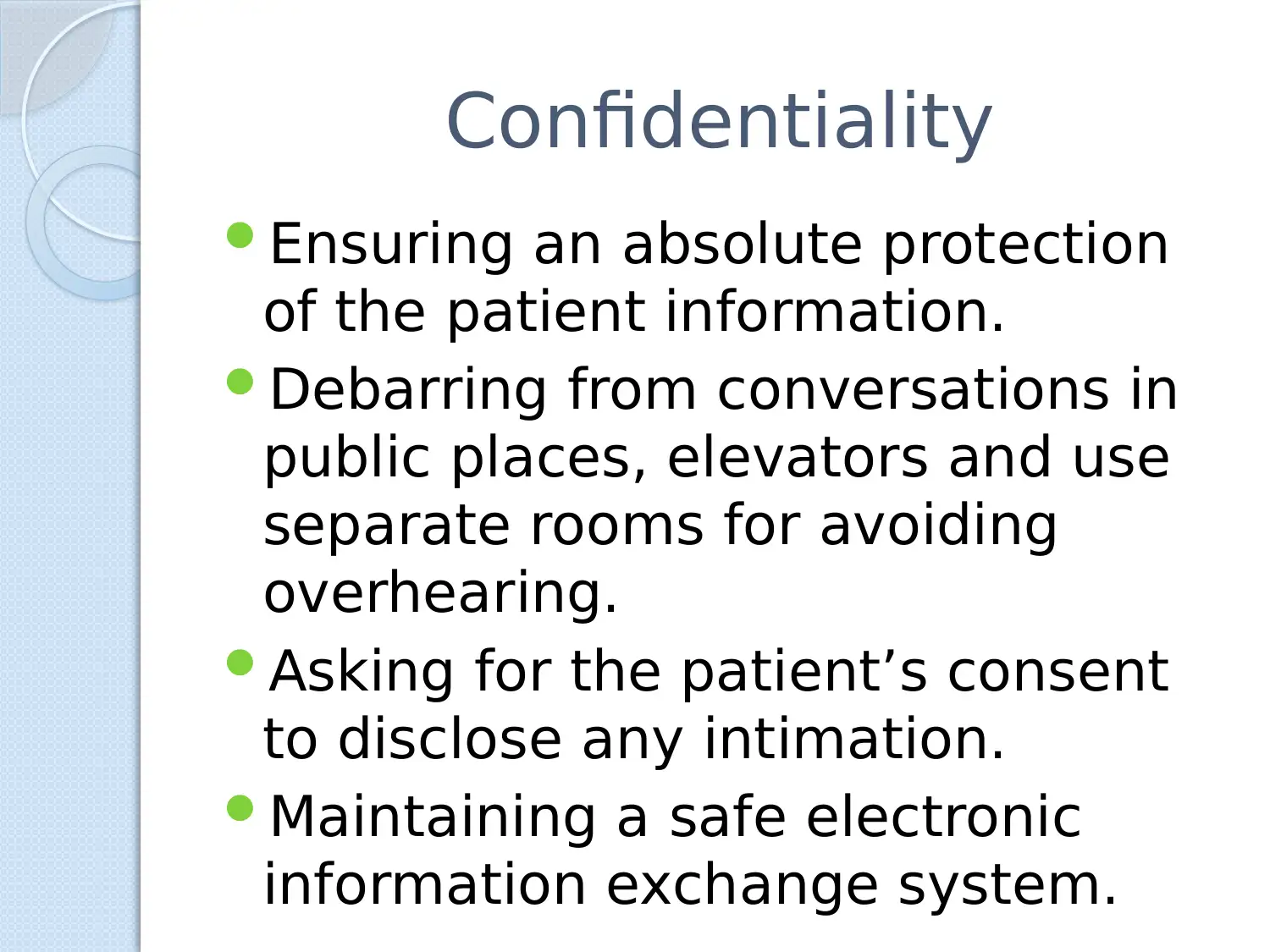


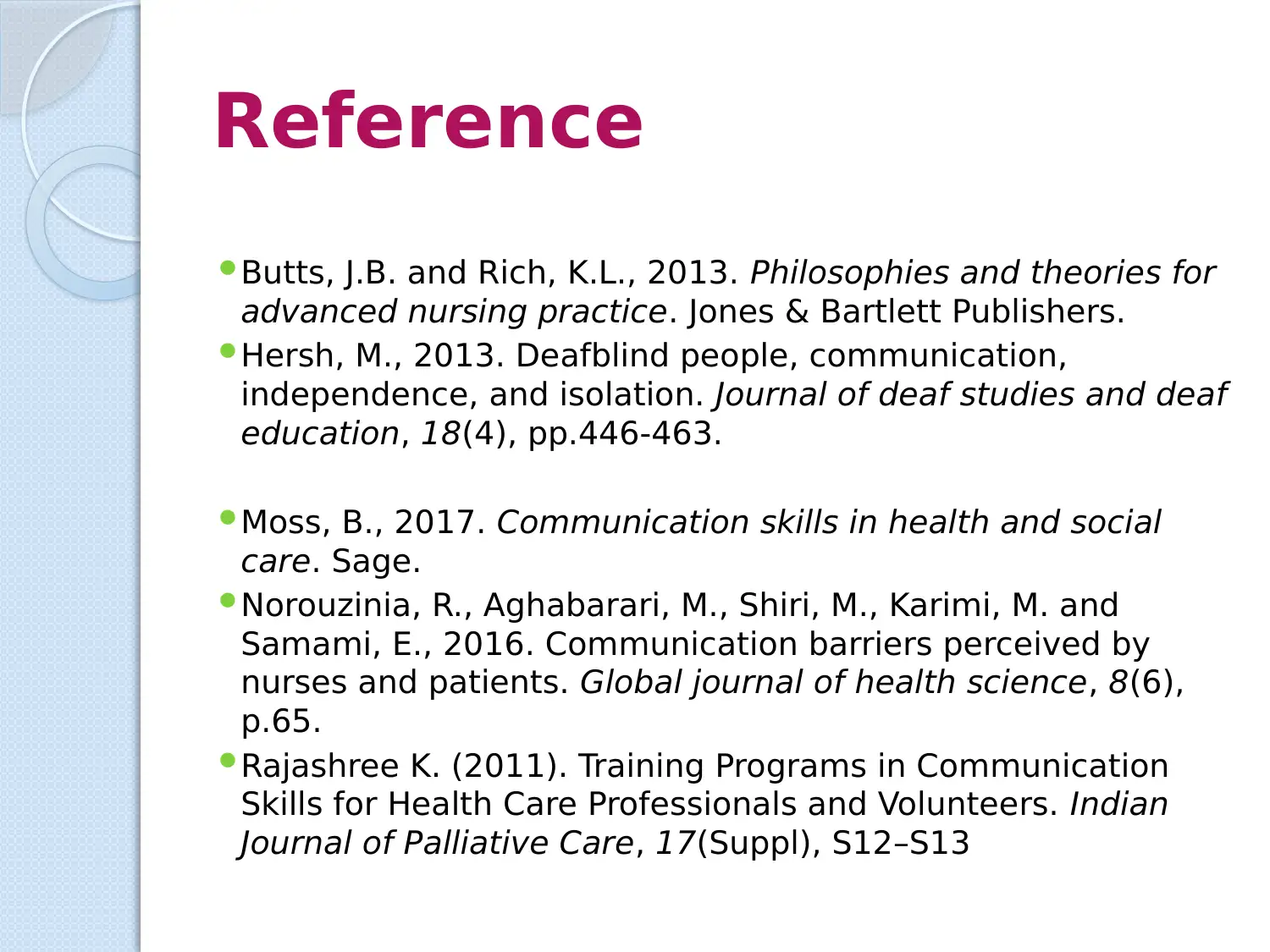





![[object Object]](/_next/static/media/star-bottom.7253800d.svg)